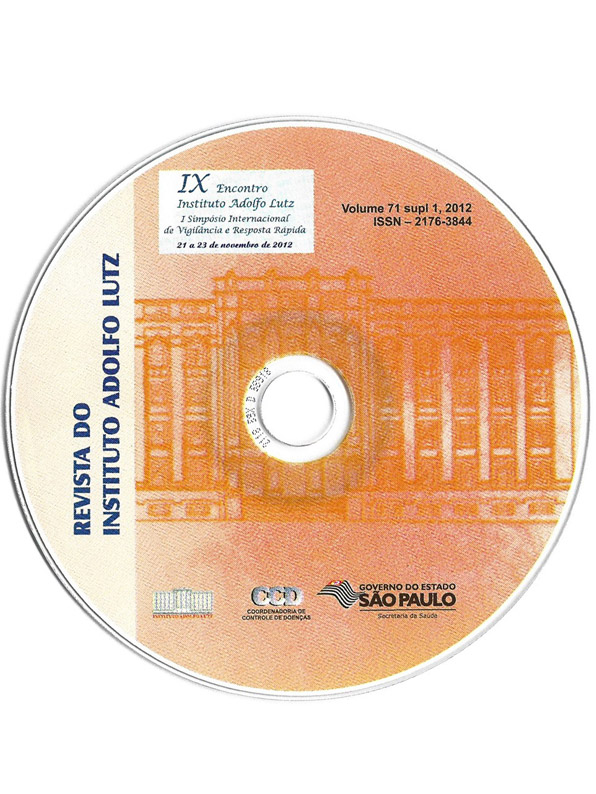Resumo
Leptospirosis is a zoonotic disease caused by pathogenic spirochetes of the genus Leptospira. The natural hosts for Leptospira spp. come from a variety of species of which the rodent is the most important reservoir. Leptospirosis epidemics are often related to heavy rainfall and flooding favorable for rodent infestations. Because of its climate, São Paulo may be at high risk for leptospirosis. Objectives: This study was undertaken to study the epidemiological profile of urban leptospirosis in the city of São Paulo, Brazil. Methods: Retrospective study was undertaken from January 2003 to December 2007. A laboratory-confirmed case is defined as 4-fold rise in titer between acute and convalescent phase samples and presumptive when a single sample showed a minimum titer of 1:200 or when two or more samples did not show a four-fold increase in titer. Results: A total of 520 cases were recorded. A peak was observed in 2004 and 2007 with 107 and 136 cases. The mean annual incidence rate was 0.53 per 100,000 population. Middle-aged adults were most frequently infected: 23.46% of the cases were in adults from 31 to 40 yearsof age, mostly males (85.58%) with an overall ratio of males to females of 5.9:1. Among the cases, 406(78.08%) were considered serologically confirmed cases and 114 (21,92%) presumptive cases. Cross-agglutination with at least two serogroups occurred in 92 cases. Icterohaemorrhagiae was the predominant serogroup (57.11%), followed by Autumnalis (6.54.%) and Cynopteri (5.77%). The seasonal summer distribution was evident in all years, with the peak months being December to April. Several days of heavy rainfall were followed by an increase in laboratory-confirmed cases of leptospirosis. Conclusion: This neglected disease remains as a public health problem in the country. An understanding of the relationship between leptospirosis incidence and heavy rains is indispensable for implementing appropriate preventive measures.

Este trabalho está licenciado sob uma licença Creative Commons Attribution 4.0 International License.
Copyright (c) 2024 EC Romero, RM Blanco
